` Archana Kamal, 34
University of Massachusetts, Lowell
She solved a big problem in quantum computing by shrinking the components.
As quantum computing starts to move from the lab to the factory, companies from Google to Intel are struggling to solve a tricky problem: how to faithfully steer the quantum information such systems spit out to traditional computers. Doing so is important since quantum systems, which are expected to have a profound impact on cryptography and other fields, will probably be useful only if regular computers can read their calculations.
Archana Kamal, an assistant professor at UMass Lowell, solved the problem. Kamal demonstrated that quantum information could be steered and amplified for transmission before leaving the device where it was processed. Previously, the transmission required large magnets and complicated devices too big to fit on a single chip, leading to data latency and loss, a major impediment in scaling up current qubit systems.
Kamal’s innovation was to slightly alter the path of the transmission of light signals carrying information so as to shrink the components from the size of a quarter to a few micrometers. “That’s a huge difference,” she says. “Our schemes enable the bulk of quantum signal processing to be done on-chip while preserving the high fidelity of the signals.”
—Russ Juskalian
